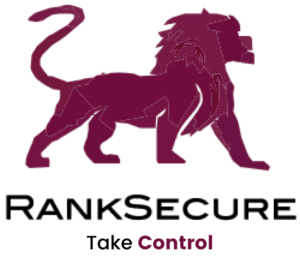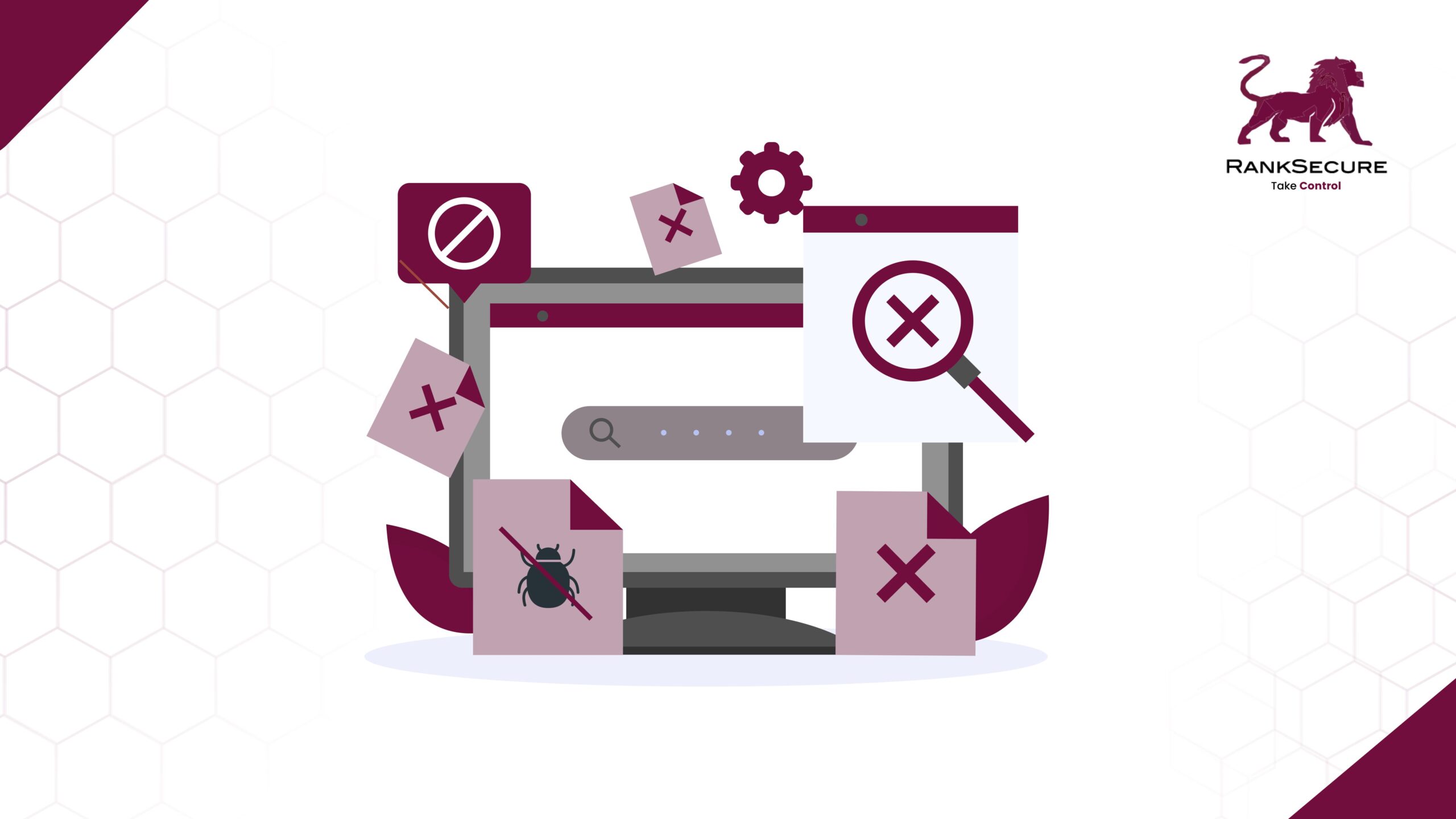Is Patch Management Quietly Adding Risk?
Missed patches don’t always make headlines. But when they do, the questions that follow usually point in one direction: oversight.
How did this happen?
Was it being tracked?
Why wasn’t it caught earlier?
Patching software often runs in the background. It’s considered routine, until a breach or audit forces a closer look. And by then, the problem isn’t just technical. It’s operational, and in many cases, reputational.
When the Patch Management Exists, but the Problem Happens Anyway
High-profile breaches often trace back to known vulnerabilities with patches already available. It’s not that teams didn’t care. It’s that systems failed quietly – updates delayed, tests skipped, or visibility lost in complex environments.
MOVEit, for example, was exploited in 2023 through a widely used managed file transfer tool. The vulnerability (CVE-2023-34362) had a patch, but many organisations didn’t apply it in time. Attackers gained access to sensitive data across government agencies, healthcare providers, and financial institutions which impacted millions.
CVE-2023-34362 is a significant vulnerability that could potentially enable an unauthenticated attacker to access and manipulate a business’s database through a method known as SQL injection. Source- HackTheBox
It’s a recent version of an old story. WannaCry, back in 2017, exploited a Windows flaw that had been patched months earlier. The patch was available, but many systems hadn’t been updated.
In both cases, the technical solution existed, but the failure was in the process.
These incidents don’t reflect a lack of capability. They point to weak handoffs, unclear ownership, and missing visibility, in which case, any organisation needs quick patch management.
Is Your Patch Management Actually Working?
It’s easy to assume it is, until something triggers a closer look. Small signs often reveal the gaps. Patches applied inconsistently. Critical updates delayed because they weren’t flagged correctly. Failed installations going unnoticed until a system breaks.
If patch status updates take hours to compile or require checking with multiple teams, the process is already under strain.
And when there’s no clear answer to “who owns this,” accountability gets blurry fast.
The Questions That Matter
You don’t need to track every CVE. But you should know whether something important was missed last month.
Are critical patches tracked and applied in time?
Is your patching software providing real-time visibility across cloud, remote, and on-prem environments?
What’s the fallback when something fails?
Is reporting built in or built manually when someone asks?
If the answers are slow or unclear, gaps are already forming.
Delays Today, Problems Later
When patching slips, it rarely causes immediate damage. But the longer-term costs show up elsewhere.
Extra hours spent preparing for reviews, internal delays, mounting exceptions, or uncertainty during board-level risk discussions.
And when something does break, the conversation shifts quickly from IT to leadership.
What a Resilient Patch Strategy Actually Looks Like
Strong patching is structured and accountable. There’s a defined policy. Updates are tested before rollout. Reporting is real-time. The system doesn’t rely on memory, email threads, or last-minute chases.
Automation helps only when someone’s responsible for what it’s doing.
IPM+: A Patch Management Tool Designed for Environments Where Patching Can’t Fail
The IPM+ Patching Tool replaces manual tracking and fragmented oversight with live visibility, intelligent scheduling, and audit-ready reporting. It supports Windows, Linux, and third-party apps across cloud, on-prem, and remote endpoints without adding operational overhead.
Rollback, bandwidth-aware rollouts, and custom reporting come built in. No chasing logs and blind spots.
Just patch management tool that works when it matters most.








